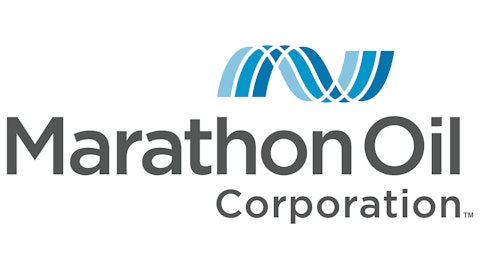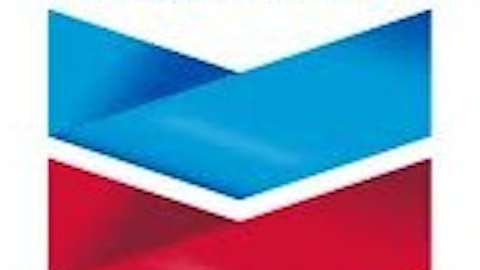BP plc (ADR) (NYSE:BP)has certainly seen better days and has beaten up quite a bit due to its oil spill fiasco in the Gulf of Mexico. While I think BP plc (ADR) (NYSE:BP) offers great value as of now, let’s acknowledge the elephant in the room first– the uncertainties involving litigation risk makes buying shares risky.
If it is found that BP acted with gross negligence, then the company may find itself paying billions of dollars more in damages. Gross negligence could cost the company up to $17 billion, in fact, not including unspecified punitive damages by claimants who didn’t get their slice of the first $8.5 billion settlement pie BP paid out last year.
So, considering this huge risk, is an investment in BP plc (ADR) (NYSE:BP) worth it?
A story of improving fundamentals…
One positive the oil giant does have going for it is its balance sheet:

BP has raised an enormous amount of cash and strengthened its financial condition– which should enable the company to take quite a beating. If it avoids significant damages and therefore isn’t subject to deal out billions and billions of dollars in lawsuit payments, then so much the better for the company’s financial strength.
The company has also managed to increase revenue, but earnings are still a little rocky and haven’t quite stabilized yet:
Once again, after the lawsuit is settled (for better or for worse), the company should be able to get its earnings in order with more stable margins and less uncertainty looming. Not only that, but BP plc (ADR) (NYSE:BP) has been increasing its dividend ever since the distribution was reinstated it in 2011, and shares currently yield over 5%. In other words, the company is paying shareholders to wait, and an investor could always use BP as an income generator, eliminating some of the risk by taking the dividends and investing them somewhere safer.
Valuations
| P/E | Forward P/E | Price/book | Market cap (billions) | |
|---|---|---|---|---|
| BP | 5.87 | 7.18 | 1.02 | $ 133.18 |
| XOM | 9.10 | 10.86 | 2.37 | $ 397.86 |
| CVX | 8.99 | 9.51 | 1.63 | $ 230.60 |
Data provided by Yahoo! Finance 06/21/2013
BP is much cheaper than its peers in every respect. The company’s 5% yield also easily trumps that of Chevron Corporation (NYSE:CVX)’s yield of around 3.3% and Exxon Mobil Corporation (NYSE:XOM)’s yield of around 2.8%. Risk should be factored in as well, but at a superficial glance BP is in the bargain bin. The uncertainty of litigation and a tarnished and even hated image will most likely keep it there as well, so why even bother? What are the catalysts that may shoot its share price upward?
While litigation risk is likely the reason BP plc (ADR) (NYSE:BP) has been trading sideways, the elimination of this risk may also be the share price’s savior. Once investors know the specific damage that will be done, then they can determine with more accuracy the future outlook for the company. While U.S. courts are unpredictable, it would be quite shocking if BP plc (ADR) (NYSE:BP) was hit so hard with damages that it would be completely destroyed. BP’s share price is also critical to the United Kingdom’s pension system.
Darkest before the dawn– in Alaska?
BP, along with Exxon Mobil Corporation (NYSE:XOM), ConocoPhillips (NYSE:COP), and TransCanada Corporation (USA) (NYSE:TRP), recently announced plans for summer field work in connection with a massive proposed liquefied natural gas (LNG) project. The project could end up totaling up to $100 billion by the end of the year. After an oil tax cut was passed in April, Alaska’s lucrative North Slope is being revived by the above oil companies.
BP, ConocoPhillips (NYSE:COP) and Exxon Mobil Corporation (NYSE:XOM) scored a big win with the tax reform, and they plan to continue to invest big money in Alaska and also to further develop the Prudhoe Bay field.
ConocoPhillips (NYSE:COP) decided to add a new rig to its Kuparuk field on the North Slope almost instantly after the tax cut was announced, but as of recently the company has also run into some problems involving fines and other complications. Still, Alaska is expected to provide a boosting of profits in the hundreds of millions of dollars for ConocoPhillips. This will be largely due to the new oil-friendly tax structure. It will also add to the company’s strong LNG portfolio, which recently scored another huge addition with the recent approval of the Freeport LNG terminal that is 50% owned by ConocoPhillips. The terminal is one of only two export terminals in the U.S.






